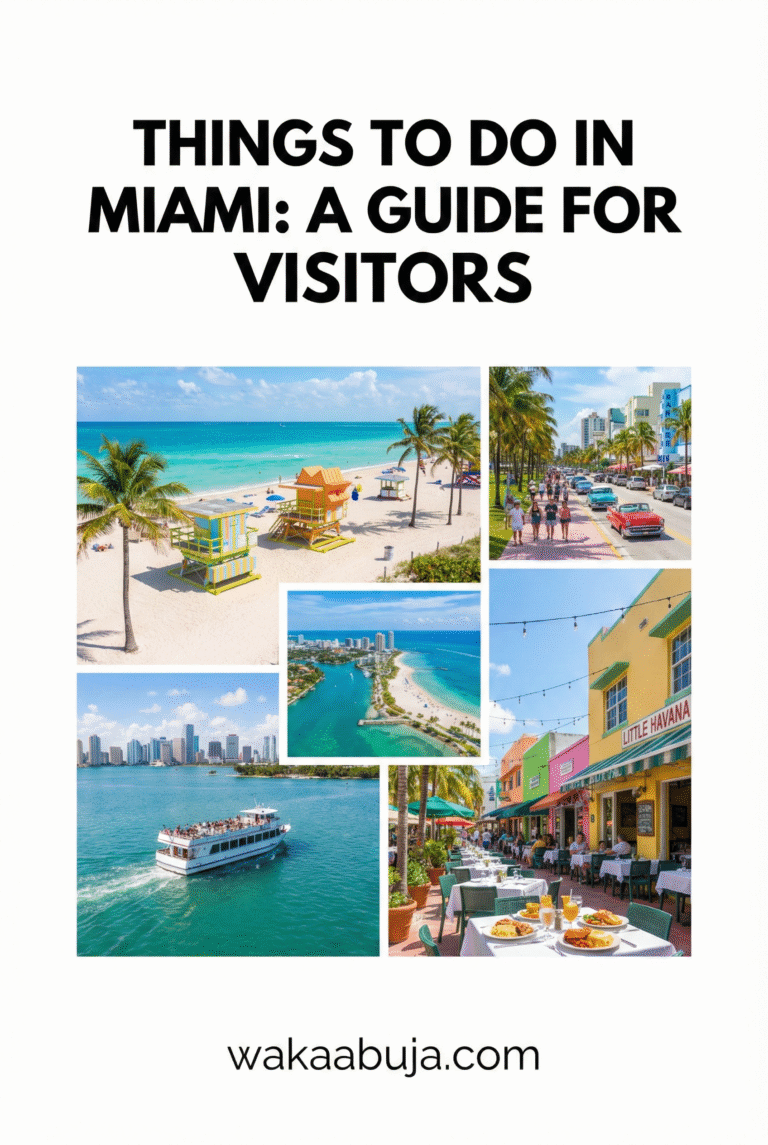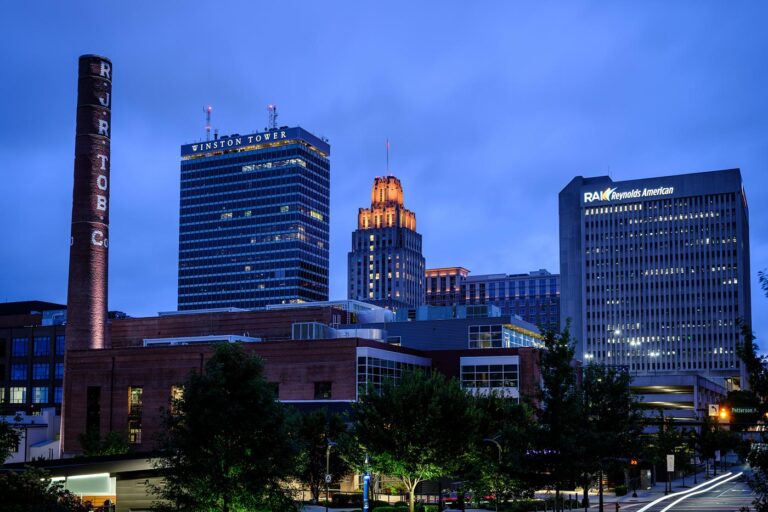Whether you’re here for culture, history, or the Adriatic vibe, get ready to explore Split like a local.
Why Visit Split?
Split is more than just Croatia’s second-largest city; it’s a vibrant blend of ancient Roman heritage, stunning Adriatic coastline, buzzing local culture, and incredible Mediterranean cuisine. My first visit left me enchanted by the [translate:Dioklecijanova palača] (Diocletian’s Palace) alone — a UNESCO World Heritage site right in the city center. You can wander its corridors for hours, soaking in history alongside buzzing cafés and markets.
Whether you want to lounge on beautiful beaches, hike nearby islands, or dive into local festivals, Split offers a diverse experience for all travelers.
Must-Know Tips & Personal Insights From My Trip
Based on my time in Split, here are some pro tips that saved me money and enhanced my visit:
- Avoid peak summer crowds: Early June or September offer great weather and fewer tourists.
- Stay near the Old Town: To soak in the atmosphere, I highly recommend lodging within walking distance of the palace for easy access to all major sights.
- Try local street food: [translate:pašticada] and fresh seafood are must-tries; the fish market near the Riva promenade offers fantastic daily catches.
- Public transport works well: Buses connect Split with ferry ports for island hops, and tickets can be purchased cheaply at kiosks or via mobile apps.
- Currency and costs: Croatia uses the Croatian kuna (HRK), with typical meal prices around 80–150 HRK at mid-range restaurants.
Top Attractions and Experiences in Split
Diocletian’s Palace
Explore this extraordinary ancient Roman palace turned vibrant city hub. Don’t miss the Peristyle square and the Cathedral of St. Domnius. The palace feels alive, especially in the early morning when the crowd is low.
Marjan Hill
For a refreshing nature escape and panoramic views of Split and the sea, hike or bike up Marjan Hill. The sunsets from here were some of my favorites.
Riva Promenade
This waterfront promenade is perfect for a relaxed stroll, a coffee break, and people-watching. The vibe is especially magical near sunset.
Day Trips & Tours
Island hopping to Brač or Hvar, or exploring Krka National Park are top recommended tours. Book with local guides for authentic experiences and insider tips.
Safety Tips for Travelers in Split
Split is generally very safe, but standard travel caution applies:
- Keep an eye on your belongings, especially in crowded markets or buses.
- Use official taxi services or ride apps for nighttime transport.
- Emergency number is 112 for all medical, police, or fire emergencies.
- Follow local advice during tourist events to avoid overcrowded areas.
Best Accommodation Options in Split
Luxury: Hotel Park Split
Elegant, sea-facing hotel with excellent amenities near Bacvice Beach. Ideal for those seeking comfort and style.
Mid-range: Cornaro Hotel
Located just steps from the Old Town, it offers a perfect balance of price, comfort, and proximity.
Budget: Hostel Split Backpackers
Great social atmosphere, clean rooms, and walking distance to the main tourist sites.
Budget Breakdown: What You’ll Spend
Meals
Typical local dinner: 80-150 HRK (~11-20 USD). Street snacks and fast food are cheaper options.
Accommodation
Hostels from 20 USD/night, mid-range hotels 60-100 USD/night, luxury hotels 150 USD and up.
Transport
Local bus rides 10 HRK (~1.5 USD), taxis start around 30 HRK.
Money-Saving Tips to Stretch Your Budget
- Buy local SIM cards with data instead of relying on roaming fees.
- Eat at konobas (traditional taverns) away from the main tourist promenades.
- Use public buses or rent a bike rather than taxis.
- Book ferries and tours in advance online for better deals.
How to Get Around Split Efficiently
Split’s compact city center makes walking the best way to explore. For longer distances, there is a reliable bus network that connects suburbs, ferry ports, and nearby beaches.
For island day trips, ferries depart regularly from Split’s port. Renting scooters or bikes is popular among adventurous travelers wishing to explore independently.
When to Visit and Arrival Tips
The most pleasant months to visit are May, June, September, and early October, when the weather is warm but not overwhelming and crowds are manageable. July and August are peak season with high tourist numbers and prices.
Split has an international airport (SPU) with connections to many European cities. Frequent buses and trains link to other Croatian cities, and ferries connect to islands and Italy.
Must-See Attractions Outside Split
Some of my favorite nearby places include:
- Trogir: A charming, UNESCO-listed town just 30 minutes from Split.
- Krka National Park: Stunning waterfalls and trails perfect for a day-long excursion.
- Brač Island: Ideal for beach lovers and hiking, accessible by ferry.
How Long Should You Stay in Split?
I recommend spending at least 3 to 4 days here. This allows enough time to explore the Old Town thoroughly, enjoy a beach day, take a day trip to nearby islands or parks, and soak in the local nightlife and cuisine.
Emergency Contacts & Pros and Cons
Important Emergency Contacts
- General Emergency Number: 112
- Medical Emergency: 021 510 000
- Tourist Police Station: 021 555 333
Advantages of Visiting Split
- Rich historical sites combined with lively modern culture.
- Accessible and walkable city center with excellent public transit.
- Stunning Adriatic coastline and easy island access.
- Safe city with friendly locals.
Potential Drawbacks
- Can be crowded and pricey in summer peak season.
- Limited nightlife compared to bigger cities if you’re seeking party scenes.
- Language barriers outside tourist hotspots, though younger Croatians speak English well.
Locate Split, Croatia on the Map
Frequently Asked Questions About Visiting Split
What is the best time of year to visit Split?
Late spring (May-June) and early autumn (September-October) offer ideal weather — warm but less crowded than peak summer months.
Are English speakers common in Split?
Yes, especially in hotels, restaurants, and tourist areas, most young people speak English well, making navigation and communication easy.
How can I get from the airport to Split city center?
The easiest ways are shuttle buses, taxis, or private transfers. Shuttle buses are economical and drop you close to the Riva promenade.
Is Split family-friendly for travelers with children?
Absolutely. There are many beaches with calm waters, spacious parks, and family-oriented tours that kids usually enjoy.
Can I visit nearby islands on a day trip?
Yes, islands like Brač, Hvar, and Šolta are accessible by ferry within 30-60 minutes. Organized tours are available, or you can explore independently.




